In this Article
Toggle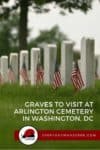
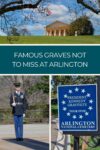
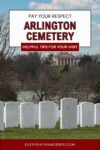

More than three million people visit Arlington National Cemetery annually. While President Kennedy’s eternal flame and the Tomb of the Unknowns are the most visited destinations, here are several other famous graves at Arlington to stop at and pay your respect.
Roughly the size of 472 American football fields, Arlington National Cemetery is the final resting place of more than 400,000 people. The vast majority of those interred across the Potomac River from the nation’s capital are veterans who served the US in the Army, Air Force, Navy, or Marine Corps. But others buried at Arlington are high-ranking federal government officials, Medal of Honor recipients, famous actors, other notable Americans, and their loved ones.
After you’ve gazed into the eternal flame that burns at the head of JFK’s tombstone and silently observed the changing of the guards at the Tomb of the Unknown Soldier, pay your respects to these fellow Americans.
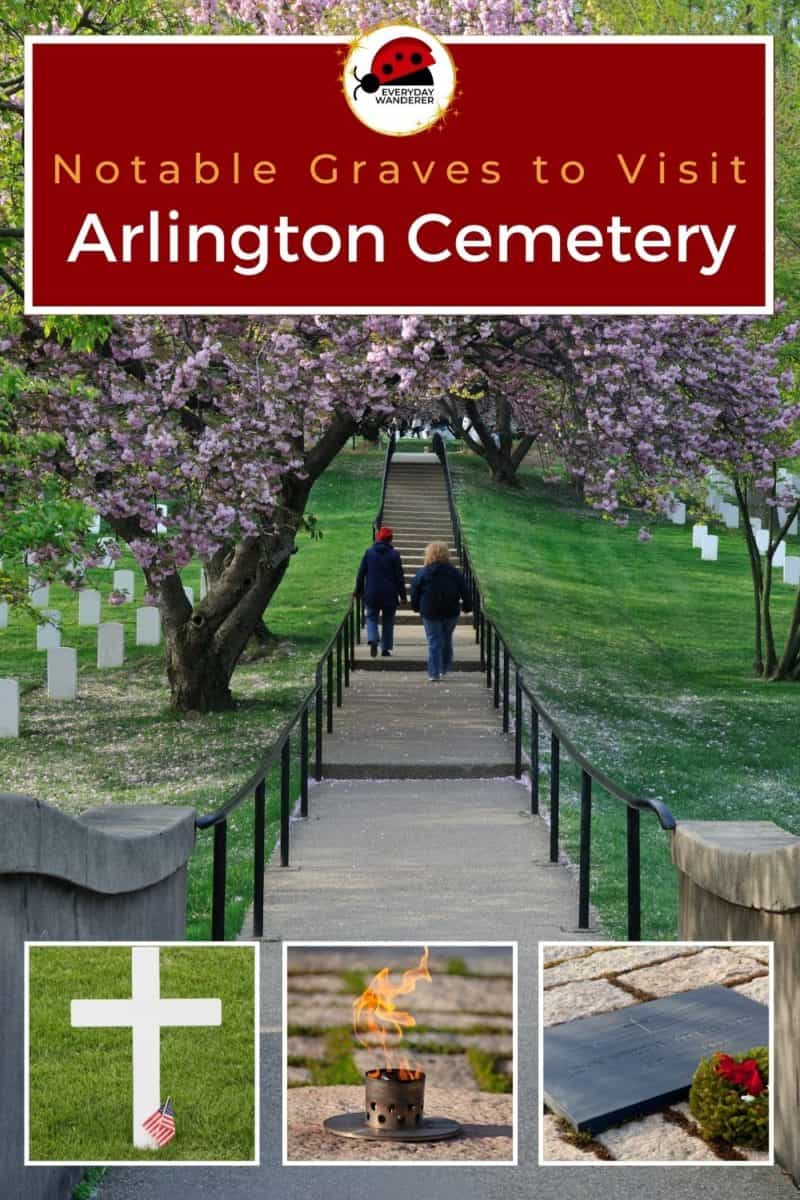
To help offset the costs of running EverydayWanderer.com, you’ll find affiliate links lightly sprinkled throughout the site. If you choose to make a purchase via one of these links, there’s no additional cost to you, but I’ll earn a teeny tiny commission. You can read all of the legal blah blah blah (as my little niece says) on the full disclosure page.
Sage Advice: Although there is no admission fee to visit Arlington National Cemetery, there is a charge for the bus that runs through it. Tickets to the shuttle bus can be purchased just inside the Arlington Cemetery entrance, and I highly recommend it. The military cemetery expansive, spreading over more than 600 acres of land. Not only does the Arlington National Cemetery bus tour give you a lift, but it also includes information about the national cemetery and the heroes buried there that you’ll miss if exploring on foot.
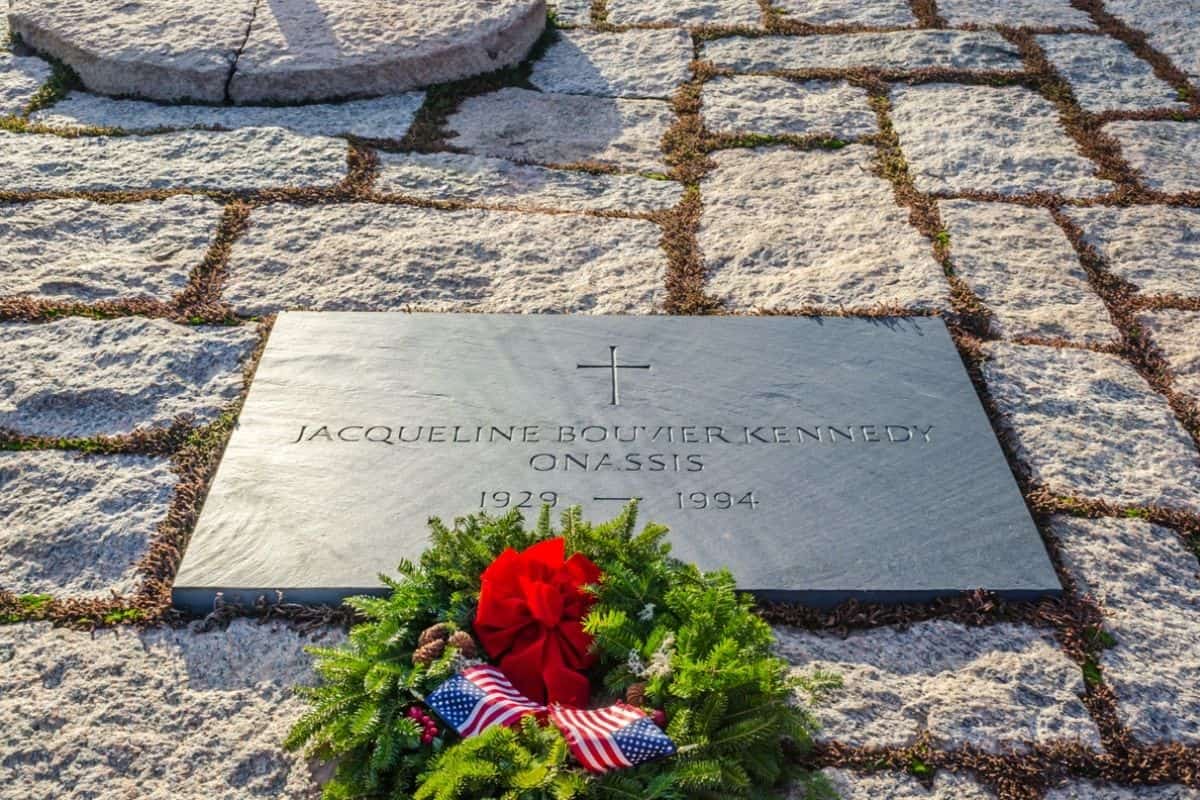
1. The Rest of the Kennedy Family Plot
Although she remarried after John F. Kennedy’s tragic death, Jacqueline Kennedy is forever a first lady. Buried at her husband’s right side, you can’t miss her final resting place when paying your respects to JFK. Flanking the former president and first lady are the graves of their two infant children. Arabella was stillborn in August 1956, and Patrick lived only a few days, dying just a few months before his father in 1963.
Related Article: Arlington House – An Interesting Circle of Karma
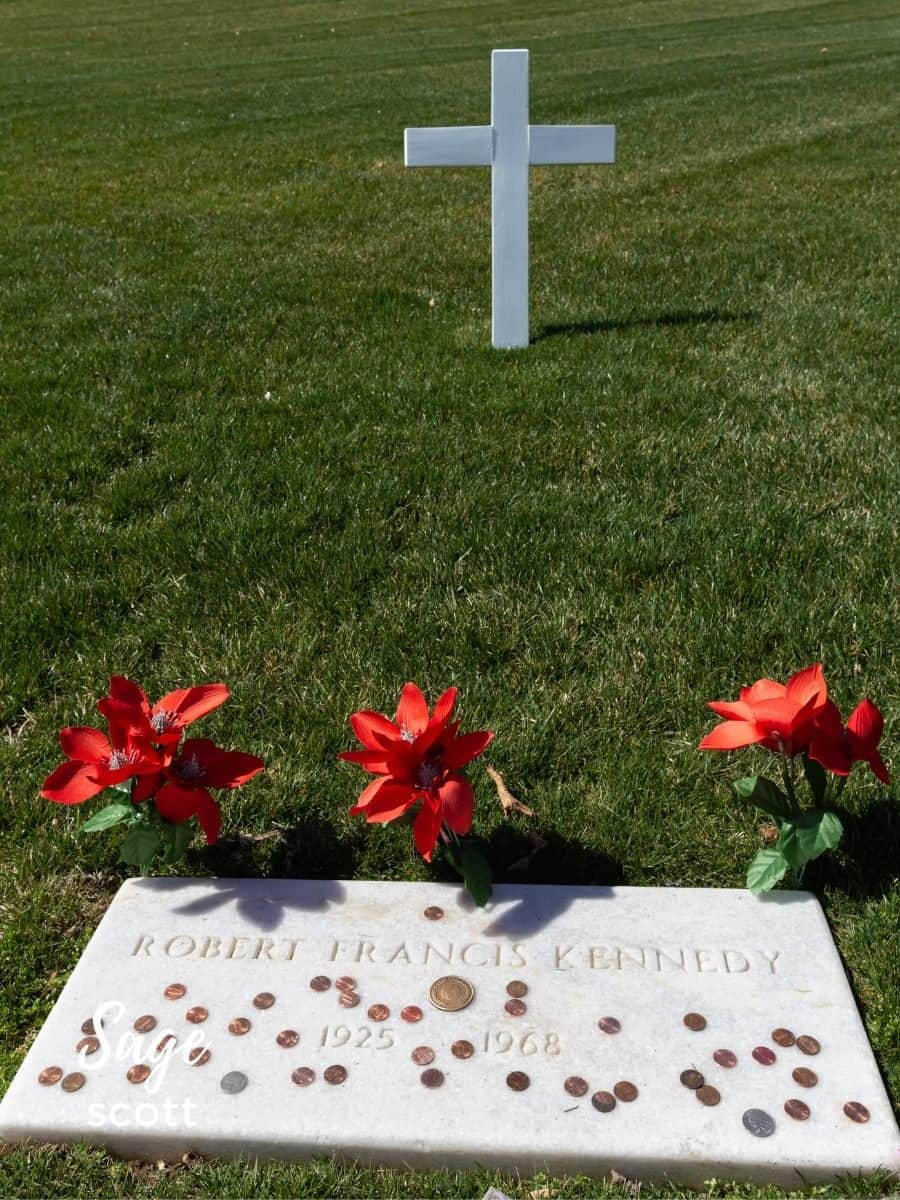
In addition to JFK’s nuclear family, two of his brothers are buried nearby in the Kennedy family graves at Arlington National Cemetery — Robert F. Kennedy and Edward Kennedy.
Also assassinated, Bobby Kennedy died a few years after JFK in 1968. He is buried a few steps away from Jack under a plain white cross and a simple marker in the shadow of the Arlington House, the Robert E. Lee Memorial managed by the National Park Service inside Arlington Cemetery.
The only Kennedy brother to live a relatively full life, Ted Kennedy passed away in 2009 at the age of 77. He served for nearly 47 years as a US senator from Massachusetts and is buried in the Kennedy family plot at Arlington National Cemetery.
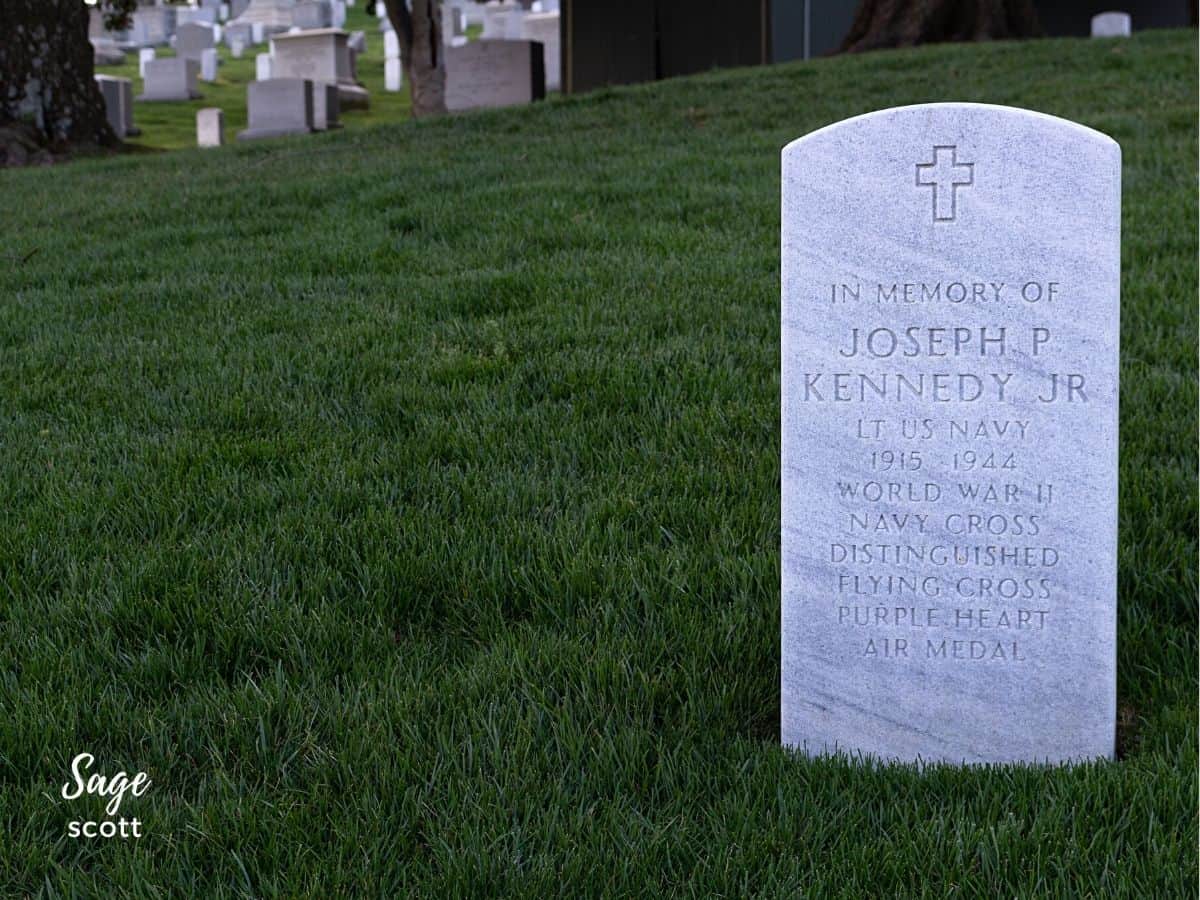
JFK’s older brother, Joe, is the only Kennedy son not buried at Arlington National Cemetery. He perished in World War II when his Navy plane exploded over the English Channel. Although Joe is buried at the Cambridge American Cemetery in Cambridgeshire, England, there is a memorial marker dedicated to him in the Kennedy family plot at Arlington National Cemetery.
Sage Advice: The Kennedy family plot is a 15-minute walk from the Arlington Cemetery Metro Station and a 10-minute walk from the Arlington National Cemetery Visitor Center. If you choose to purchase a ticket on the tram that runs through the military cemetery, the gravesite is just a few steps (albeit uphill) from the nearest stop.
Related Article: Best Places to Stay in Washington DC Based on Your Itinerary
Sage Advice: While there are many signs directing visitors to the Kennedy graves and the Tomb of the Unknown Solider, other famous people at Arlington can be difficult to find. Use the Arlington National Cemetery app, ANC Explorer, to find a grave or other points of interest.

2. President Taft, the First President Interred at Arlington National Cemetery
While JFK’s gravesite may be one of the biggest draws to Arlington National Cemetery, he is not the only American president buried there. William Howard Taft (AKA POTUS #27) was laid to rest at Arlington National Cemetery in March 1930 after passing away at his home. He was the first president and the first chief justice buried at Arlington National Cemetery, and he remains the only American in history to serve as both president and chief justice.

3. Several Supreme Court Justices are Buried at Arlington National Cemetery
In addition to President Taft, several other Supreme Court justices are buried at Arlington National Cemetery, including:
- Oliver Wendell Holmes Jr. Appointed by Teddy Roosevelt, Holmes retired from the Supreme Court at the age of 90, making him the oldest justice in American history.
- William O. Douglas. Nominated by Franklin D. Roosevelt and confirmed at the age of 40, William O. Douglas was one of the youngest justices appointed to the court. He remains the longest serving justice with more than 36 years on the bench.
- Hugo Lafayette Black. Also appointed by FDR, Justice Black was a staunch supporter of civil liberties. However, those views were at odds with the majority opinion he wrote during World War II for Korematsu v. United States, which upheld the legality of the Japanese-American internment implemented by Roosevelt.
- Potter Stewart. President Eisenhower nominated Potter Stewart to the Supreme Court in 1954. When he retired in 1981 at the age of 66, he was replaced by Sandra Day O’Connor, the first female justice.
- William J. Brennan. A first-generation American born to Irish immigrants in Newark, New Jersey, Justice Brennan was also appointed by President Eisenhower. He was known for his outspoken progressive views, including opposition to the death penalty.
- Thurgood Marshall. Appointed by Lyndon B. Johnson, Marshall was the first African-American justice in the Supreme Court. He was scheduled to administer the oath of office to Vice President Al Gore, but his declining health prevented him from doing so.
- Harry Blackmun. An appointment of Richard Nixon’s, Justice Blackmun is considered the author of the Supreme Court’s opinion in Roe v. Wade, a landmark decision that reduced restrictions on abortion.
- William Hubbs Rehnquist. President Reagan appointed Rehnquist to the Supreme Court where he was known as the Architect of the Conservative Court. A year after learning that he had thyroid cancer, Justice Rehnquist passed away at the age of 80. His wife, Natalie Cornell Rehnquist, is also interred at Arlington National Cemetery.
- Ruth Bader Ginsburg. The first female Jewish Supreme Court justice is best known for her contributions to gender equality and civil rights. Ginsburg served on the bench for 27 years and is buried with her husband Marty Ginsburg who served in the United States Army.
Fun Fact: For the past 60 years, the 3rd US Infantry Regiment (AKA The Old Guard) has placed a small American flag in front of each headstone and niche row at Arlington National Cemetery to honor America’s heroes on Memorial Day.
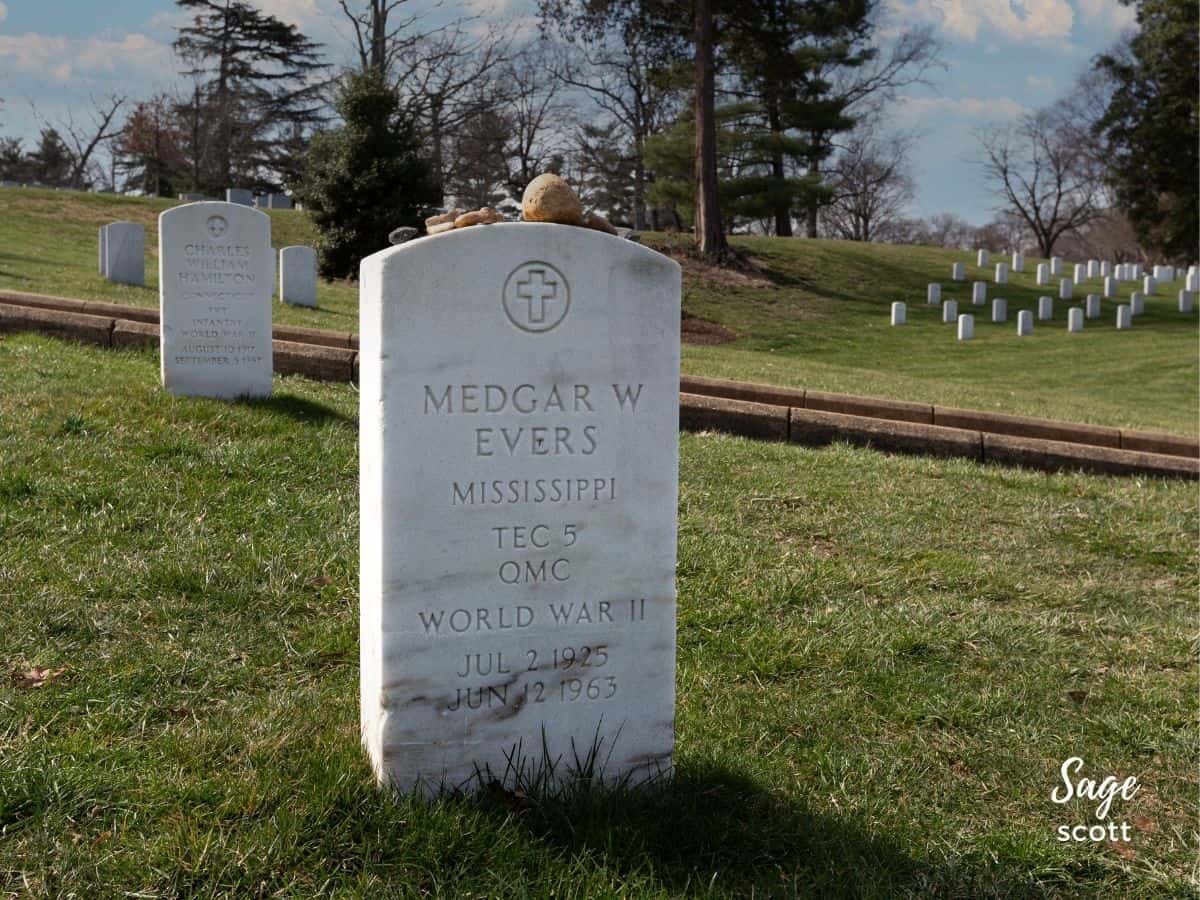
4. Medgar Evers, World War II Veteran and Civil Rights Activist
Born in Mississippi in 1925, Medgar Evers was a World War II Army veteran who bravely fought in the Battle of Normandy in 1944. Returning home from the war, Evers was a civil rights activist who worked tirelessly to eliminate segregation in the south, enforce voting rights, and otherwise expand opportunities for African Americans.
Tragically, he was assassinated by a white supremacist in his front yard in Jackson, Mississippi, just hours after President Kennedy’s nationally televised civil rights speech.
Related Article: Medgar Evers Quotes: Words of Courage and Equality
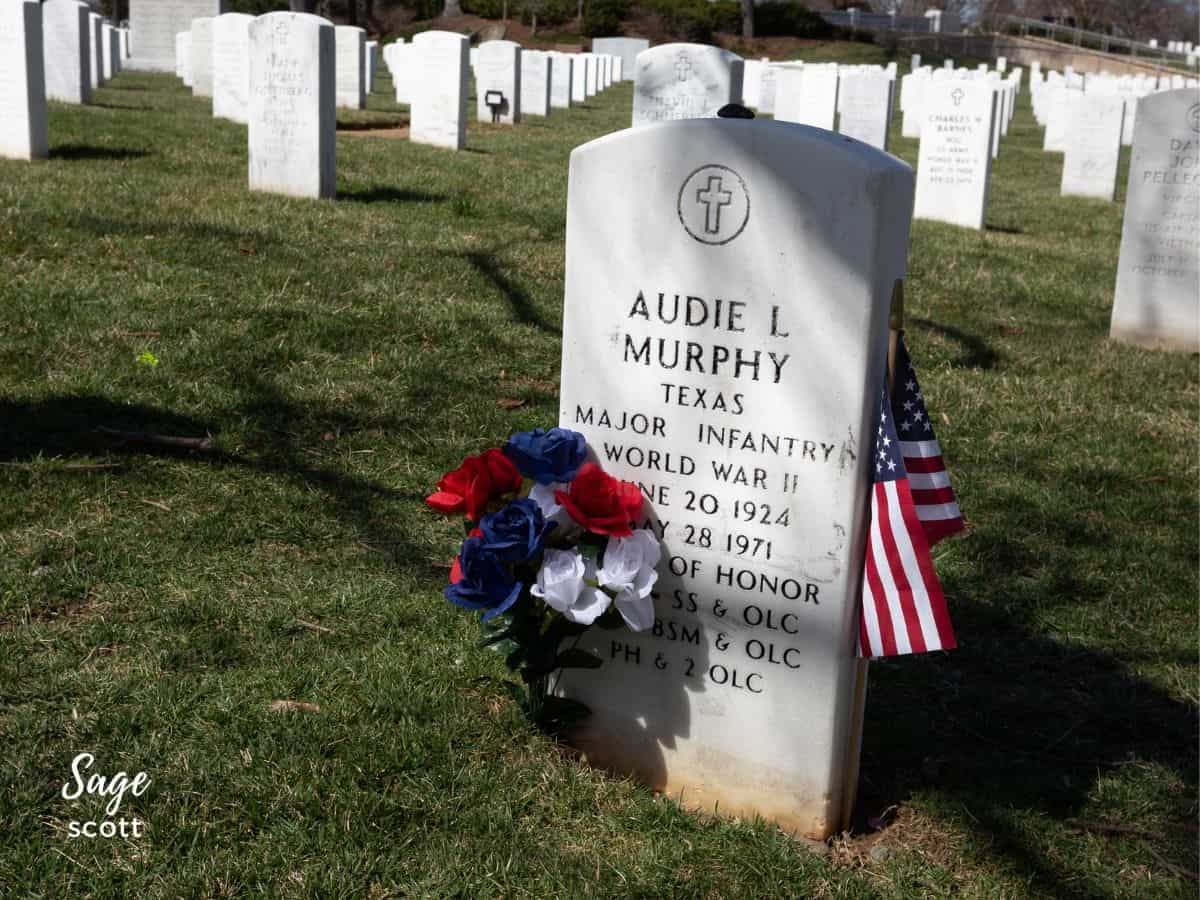
5. Audie L. Murphy, the Most Decorated American Soldier in History, is an Actor Buried at Arlington National Cemetery
One of 12 children born to sharecroppers in Kingston, Texas, Audie Murphy lost both parents by the age of 16. When the Japanese attacked Pearl Harbor in December 1941, Audie wanted to enlist and serve his country. However, the Army, Navy, and Marine Corps turned him down for being underweight and underage. His older sister provided an affidavit that inflated his age by a year, and he joined the US Army in June 1942, a week after his 17th birthday.
During World War II, Murphy fought in North Africa, Italy, France, and Germany. He received every American combat award for valor available at the time of his service, including three Purple Heart medals, the Medal of Honor, and recognitions from France and Belgium.
Although it was suggested that Audie attend West Point when he returned home from the war, America’s most highly decorated serviceman chose a different path. From 1948 to 1969, he acted in more than 40 movies and television series. Based on his 1949 autobiography detailing his experiences during World War II, the movie To Hell and Back stars Murphy as himself.
No matter what your role, no matter how many medals received, there is nothing good about war. Plagued by his own demons after World War II, Murphy became a vocal advocate for Korean and Vietnam War veterans suffering from post-traumatic stress disorder. The Audie L. Murphy Memorial VA Hospital in San Antonio, Texas, was dedicated in 1973, in part due to his work championing post-service healthcare for veterans.
Other actors buried at Arlington National Cemetery include:
- Maureen O’Hara, buried next to her husband, veteran Navy aviator and retired Air Force Brigadier General Charles Blair.
- Jackie Cooper, the first child actor to receive an Oscar nomination who served in the Navy during World War II.
- Lee Marvin, a World War II veteran who often played soldiers and other rough and and tough guys after the war.
- Wayne Morris, this World War II naval pilot became interested in flying while filming Flight Angels in 1940.
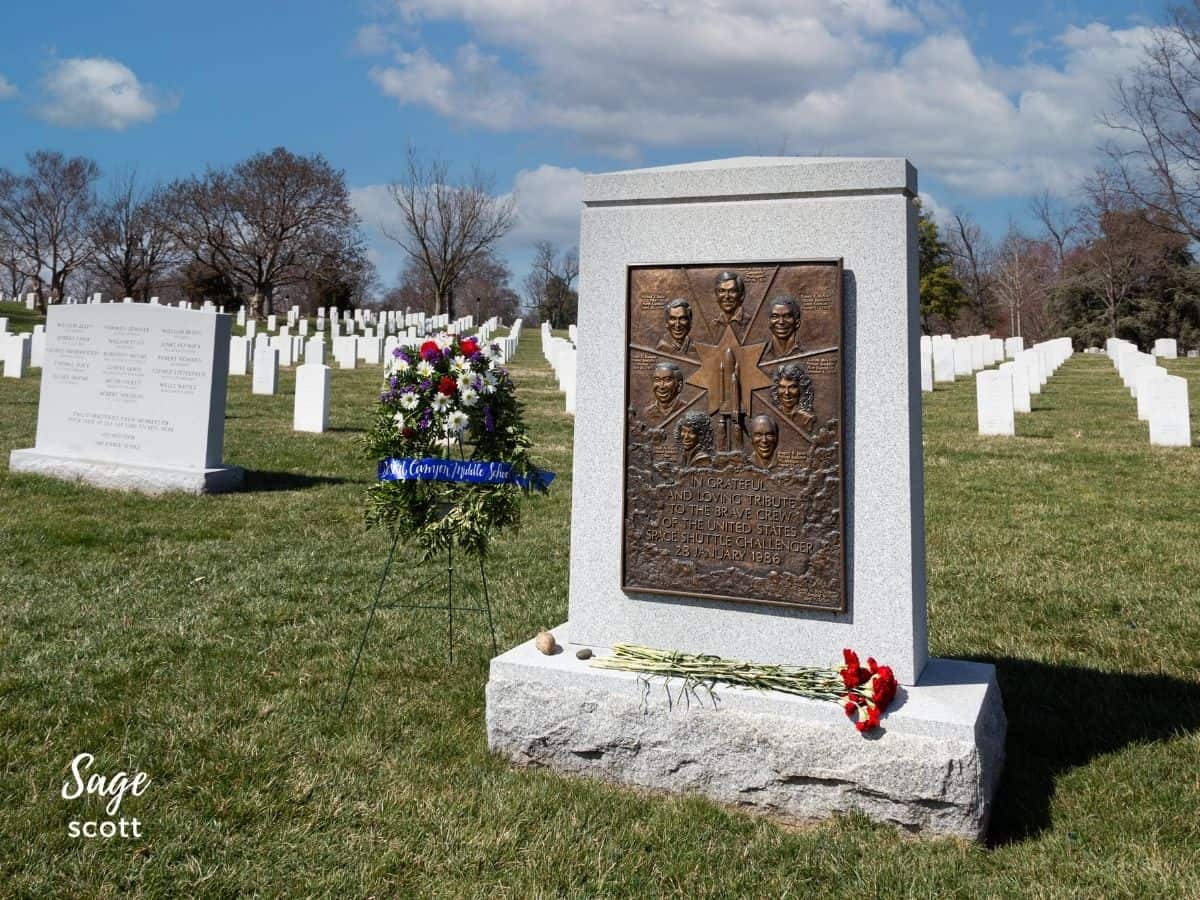
6. Exploring the Final Frontier, Astronauts Buried at Arlington National Cemetery
More than 20 astronauts are buried at Arlington National Cemetery including:
- Astronauts from Apollo I. Before Apollo I’s planned launch from Cape Canaveral, Florida, in February 1967, the command module caught fire, asphyxiating the three astronauts inside. Two of the three astronauts, Gus Grissom and Roger Chaffee, are buried next to each other at Arlington National Cemetery.
- Astronauts from the Space Shuttle Challenger. The Space Shuttle Challenger exploded shortly after take-off in January 1986, killing all seven crew members on board. Vietnam War fighter pilot and commander of the Space Shuttle Challenger, Dick Scobee, is buried at Arlington National Cemetery directly across from the Tomb of the Unknown Soldier. Buried near him is fellow Vietnam War veteran and Challenger pilot, Michael Smith.
- Astronauts from the Space Shuttle Columbia. Nearly two decades after the Challenger explosion, the Space Shuttle Columbia disintegrated upon re-entering the Earth’s atmosphere in 2003. Near Dick Scobee’s grave, pay your respects to Michael Phillip Anderson, David M. Brown, and Laurel Blair Salton Clark, who all perished in the disaster.
- John Glenn. Before he was the first American to orbit the earth, John Glenn was a distinguished fighter pilot in World War II, the Chinese Civil War, and the Korean War. After hanging up his space suit when he left the space program in 1964, Glenn served as a US Senator from Ohio. He passed away in 2016 at the age of 95.
7. James Parks, the First Caretaker at Arlington National Cemetery
Born enslaved to Robert E. Lee’s family on the Arlington Estate in the mid-1800s, James Parks is the only civilian buried at Arlington National Cemetery with full military honors. Although he never donned a military uniform, he dug many of the first graves at Arlington and cared for the nation’s cemetery for more than 60 years.
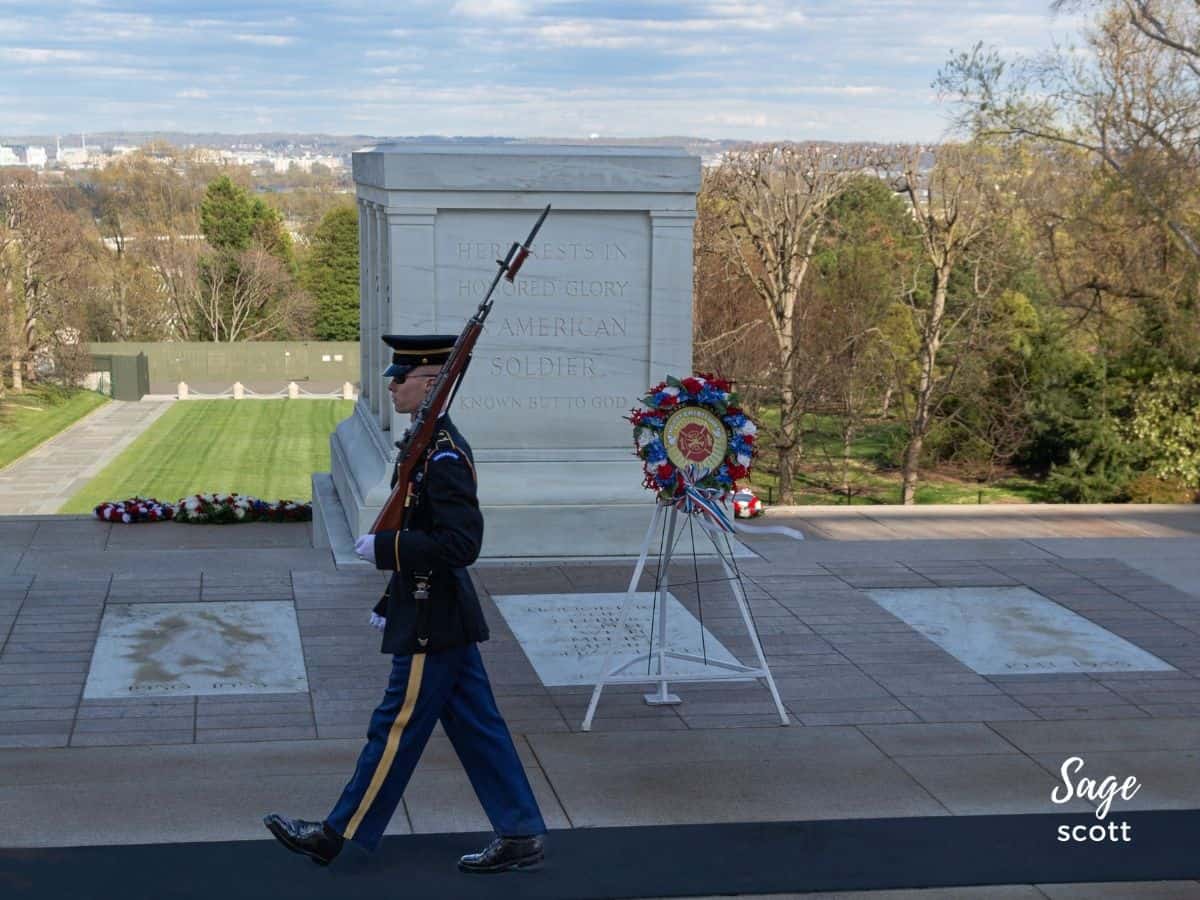
8. Daniel “Chappie” James, Jr., the First Black Four-Star General
Raised in the segregated south, Chappie attended Tuskegee University in Alabama and trained African-American pilots during World War II. He flew combat missions during the Korean- and Vietnam Wars and, in 1975, became the first African American to be promoted to the rank of four-star general. Shortly after his 58th birthday, General James suffered a heart attack and died. His wife of 36 years, Dorothy, is buried next to him.
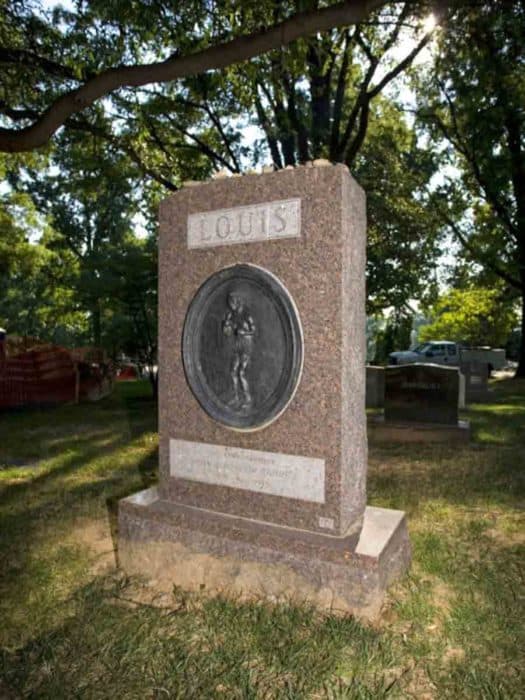
9. Heavyweight Boxing Champion, Joe Louis
While boxing’s reigning “Heavyweight Champion of the World,” Joe Louis enlisted in the US Army. Born and raised in the segregated south, Louis served in a segregated army unit. During World War II, Louis fought nearly 100 matches in front of more than two million troops.
Fun Fact: Joe Louis served in the Army alongside Jackie Robinson, the first African American to later play major league baseball.
When Louis retired from boxing in 1949, he had a near perfect record with 68 wins and one loss. The sole defeat was to Germany’s Max Schmeling in 1936 when the German was the reigning Heavyweight Champion.
While in retirement, the IRS assessed Louis with more than $1 million in back taxes and penalties. Louis knew of only one way to make that kind of bank. So he returned to the boxing ring where he faced two opponents, one in 1950 and one in 1951. He lost both matches decisively and never returned to the ring.
Fun Fact: Joe Louis was born Joe Louis Barrow. But when he signed up for his first amateur fight, he did so under the name Joe Louis. When he boxed that first match (and won) he quickly became widely known as Joe Louis.
Joe Louis died in 1981 at the age of 66. President Reagan waived the technical requirements for burial at Arlington to allow the boxer to be buried at Arlington with full military honors. His tombstone at Arlington National Cemetery features a bas-relief of the champion and his nickname, “The Brown Bomber.”
10. Big-Band Bandleader, Glenn Miller
Although he perished over the English Channel in 1944, visitors to Arlington National Cemetery have only been able to pay their respects to the big-band legend since 1992. While Glenn Miller’s remains were never found, as a member of the armed forces who died on active duty, he was eligible for a memorial headstone. So his daughter requested a stone be placed at the cemetery in his honor in April 1992.
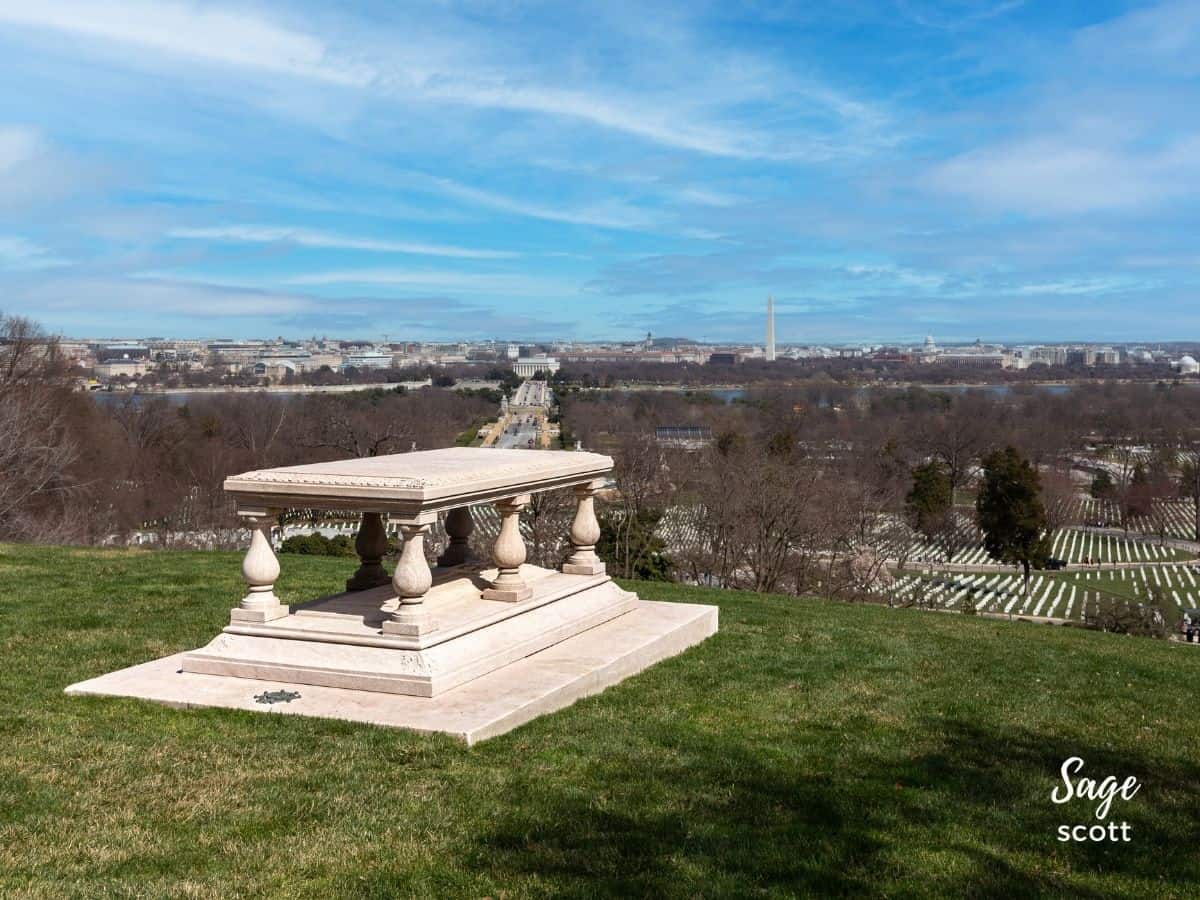
11. French-Born Pierre L’Enfant, the Architect of Washington, DC
Years before he had a successful career as an architect in the US, Pierre L’Enfant enjoyed an aristocratic upbringing in Paris. He studied at the Royal Academy in the Louvre before leaving France to serve in the American Revolutionary War.
Fun Fact: While widely known by his birth name, Pierre, L’Enfant insisted on being called Peter, the English version of his name, in the United States.
After the war, L’Enfant established a civil engineering firm in New York City and designed houses and furnishings for the well-to-do. In 1791, President Washington appointed L’Enfant to design the nation’s capital city, and L’Enfant documented his vision under the supervision of three commissioners.
Influenced by the gardens of Versailles, L’Enfant’s design for Washington, DC, included:
- Streets laid out in a grid pattern with lettered streets traveling in an east-west direction and numbered streets running in a north-south direction. Broad avenues that cut through the grid at a diagonal were named for US states.
- The “Congress House” (US Capitol) and “President’s house” (White House).
- And stretching east from the Potomac River, a large, rectangular green space that would become the National Mall.
Fun Fact: Pierre L’Enfant and Alexander Hamilton were friends, and some of their letters are stored at the Library of Congress. The building also holds the design for DC believed to have been drawn by L’Enfant.
After a falling out with the commissioners, L’Enfant was dismissed from the project. The commission took over the design and construction of the nation’s capital, likely pilfering some of L’Enfant’s work without due credit. Years later, L’Enfant died in poverty and was buried at the Green Hill Farm in Maryland.
In the early 1900s, a federal commission dusted off some of L’Enfant’s designs and incorporated them into portions of the capital city not yet constructed, including the National Mall. Prompted by a French ambassador to the US, his new homeland finally recognized his contributions and gave him due credit.
In 1909, L’Enfant was exhumed from his original burial site in Maryland and moved to the Arlington National Cemetery. From his final resting spot near the Arlington House, his grave overlooks the Potomac River and the portion of Washington, DC, that he originally designed.
Sage Advice: Explore the capital city that Pierre L’Enfant designed via this interactive scavenger hunt.
12. Dr. Anita Newcomb McGee, Founder of the Army Nurse Corps
When she graduated from Columbian College (now George Washington University) in 1892, Dr. Anita Newcomb McGee was one of the only women physicians in Washington, DC. At the start of the Spanish-American War in 1898, Dr. McGee organized a team of 1,600 volunteer nurses who served during the conflict.
When the four-month-long war ended, McGee wrote the Army Reorganization Act of 1901 that established the Army Nurse Corps. At the age of 75, McGee died of a cerebral hemorrhage. She was buried with full military honors next to her father, a professor of mathematics in the US Navy.
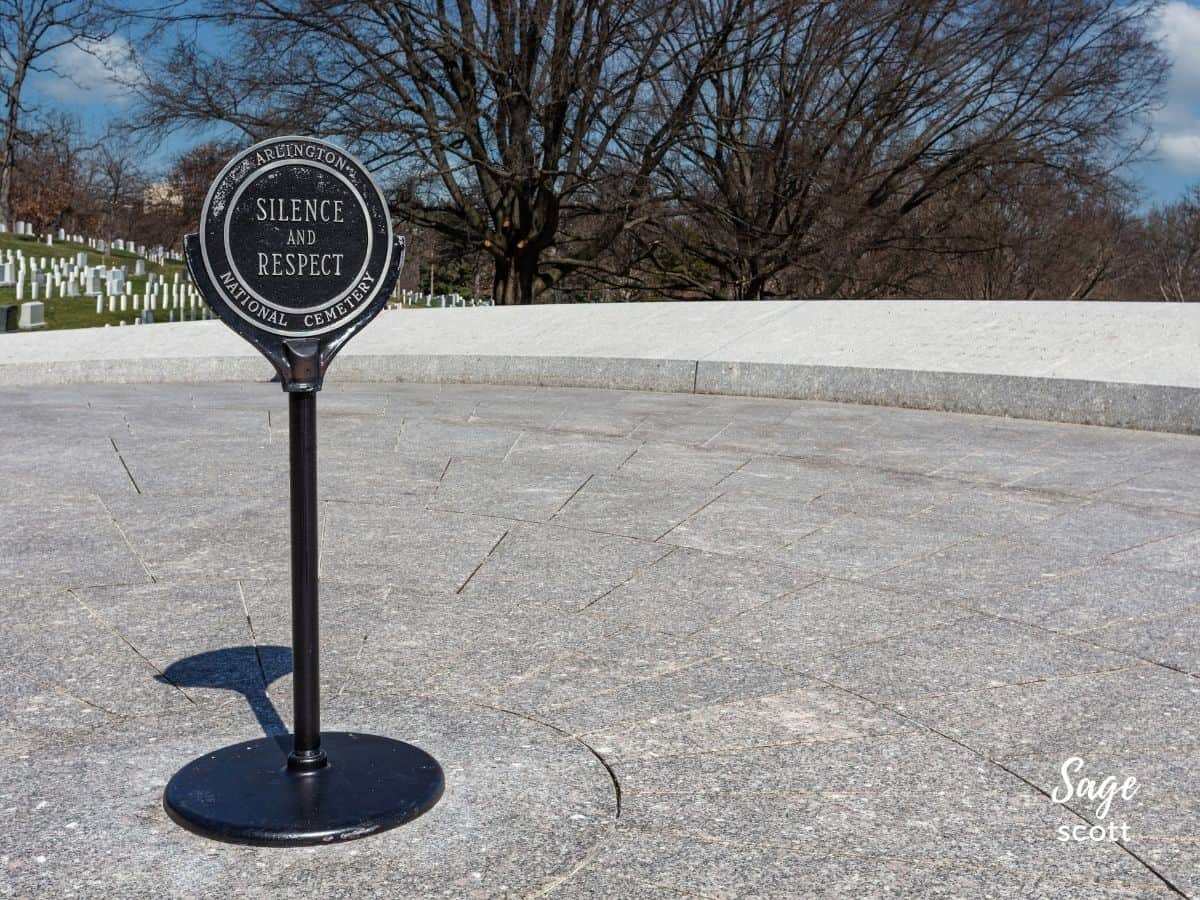
Helpful Tips and Important Rules for Visiting Arlington National Cemetery
Here are a few helpful tips to help you plan your visit to Arlington National Cemetery. For a more complete list of recommendations, click here.
- To take the DC Metro to Arlington National Cemetery, use the blue line
- Skip the line for the Arlington National Cemetery tram by purchasing tickets online
- Plan on a lot of walking, often on hilly terrain, even with the guided tram tour
- Be respectful! Arlington National Cemetery is the final resting place of 400,000 veterans, not a national park
To Visit Arlington National Cemetery in Washington, DC:
Where is the Arlington National Cemetery located?
When is the Arlington National Cemetery open?
Arlington National Cemetery is open daily from 8:00 am to 7:00 pm April through September. From October through March, it is open from 8:00 am to 5:00 pm.
What does it cost to visit Arlington Cemetery?
There is no admission fee to visit Arlington National Cemetery. However, tickets are required for the tram that winds through the cemetery. Discounted tickets are offered to active duty military, veterans, seniors, and children. They can be purchased in advance here or just inside the Arlington National Cemetery entrance.
For the latest information, including special exhibits and events, visit the Arlington National Cemetery website.
Looking for more information to plan your Washington DC vacation? Check out my additional recommendations to help you plan your trip to Washington, DC, including what to see and do in Washington DC, the best places to stay in Washington DC, where to eat in Washington DC, and more!
Ready to Go?
Use These Helpful Links to Book Your Trip!
- Find low fares with airfarewatchdog and Skyscanner
- Book your plane ticket with Expedia or Kayak
- Or take the scenic route on an epic road trip in a rental car or an RV from Outdoorsy
- From hotels to private homes, find the perfect accommodation with Hotels.com or Vrbo
- Travel in style with a suitcase, carry-on, backpack, or handbag from eBags
- Save on tickets to attractions, sightseeing tours, and more with CityPASS, Tiqets, and Viator
- Don’t leave home without travel insurance from AXA
- Discover the sights, history, and culture of your destination with an interactive scavenger hunt
- Need something else to plan your perfect trip? Visit my travel resources page for more trusted partners. Happy wandering!
Thank you for sharing!

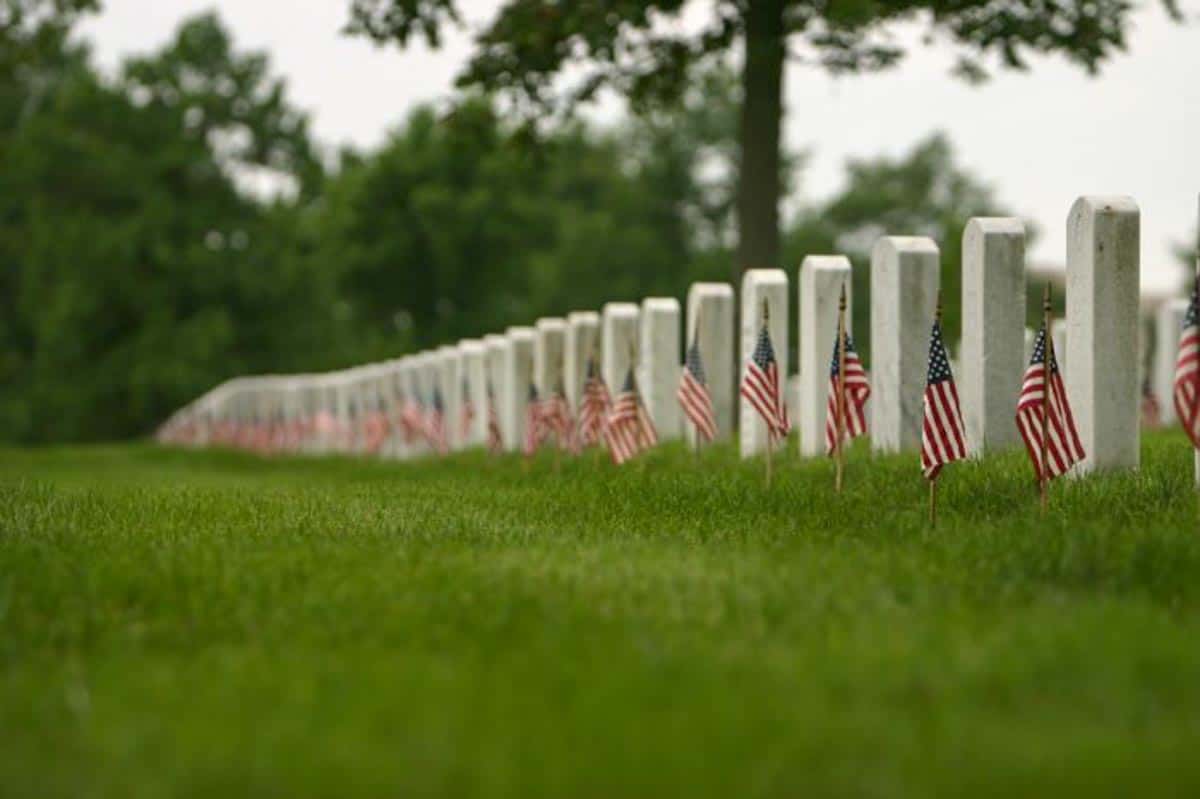

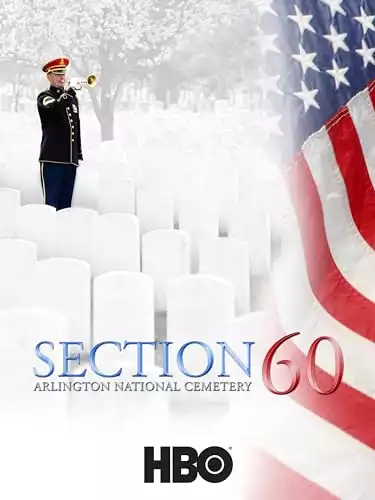
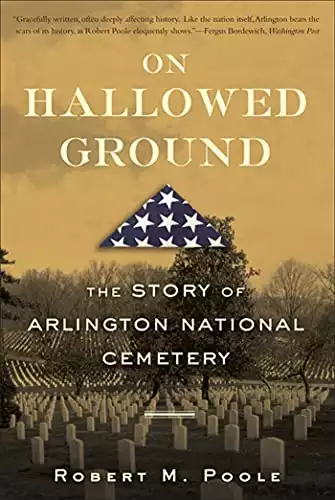
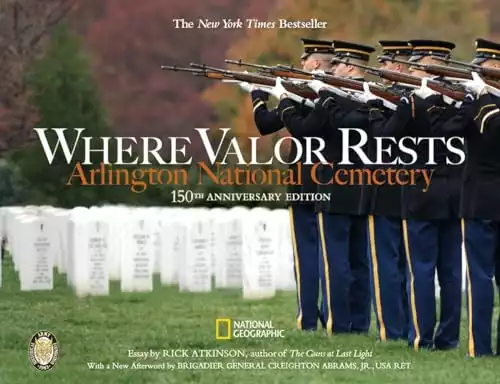


What rules did President Reagan waive to allow Joe Louis to be buried at Arlington? Also, I have read a couple of great books about how this cemetery came to be. They are fascinating. I’d like to add, Robert Lincoln, son of the President, his wife and son are buried there as well. Robert’s son, Abraham II died of a carbuncle when the family was living in England.
Thanks for sharing, Cheryl! These are great additions to this article.
And, for those interested, here’s the answer to the question Cheryl asked about Joe Louis!
https://www.upi.com/Archives/1981/04/15/President-Reagan-has-waived-eligibility-requirements-to-permit-longtime/4288356158800/
I am just a pharmacist who loves history. I flew to Washington, D.C. about 3 weeks after 9/11. I would arrive on Friday and take pics all day, then spend the night in Reagan International and get up Saturday morning and go till noon. I can honestly say that I was the only person in the airport that night. About midnight a guard woke me up, but allowed me to stay. I caught the Metro about 9 AM and saw an Army Officer in the train. I asked what he was doing in uniform so early on a Saturday morning. He told me that he was attending Lt. Gen. Timothy Maude’s funeral. He was the highest ranking soldier to die from an enemy (killed in Pentagon crash) since Korea. I asked if I could come too. He told me “sure”. The funeral lasted well over two hours and was so beautiful. I was concerned that the military wasn’t taking many photos. So using a new Sony that used a small floppy disk, I took over 350 pics (5-6 pics per disk). At home I transferred them to a CD. I wanted to send them to his wife and family. I didn’t know their address so I put it in an envelope and wrote ” To the widow and family of Lt. Gen. Timothy Maude, Pentagon, USA.” Several weeks later I received the most beautiful “Thank You” card from the family. Somehow I have lost my pics moving, but hopefully Mrs. Maude still has hers.
Kenny B.
Your comment gave me chills. Thank you for sharing!
Thank you for this article, I am in the planning stage of a family trip coming up March, 2023. Members of my family(including me) have been to Arlington in the past but stopped at the eternal flame, as knowledgeable of the vastness of the cemetery was daunting. This helps make it more ‘do-able’ and therefore memorable! I also appreciate the travel tips at the end of the article like which metro line ride and buying tram tickets online. These little details take up time to research, but since you have provided them, it leaves me more time (and less stress) to be present in the journey!
I’m so glad you found the article to be helpful! March is such a lovely time to visit Washington, DC. Shoot me an email or message me on your favorite social platform if I can answer any questions as you continue to plan your trip!
Just visited for the first time and I was in awe – the memories and feeling you get while walking through will never be forgotten.
I’m so glad you had a fantastic visit!
There are so many true heros in this cemetery. Why do people put the Kennedy predators first?
Of all the wonderful and nice things you could have said why would you choose that?
The Kennedys stood for great things. Happy Holidays. Sincerely, Tom
I have been there twice in my life. It is one of the most beautiful places in the U.S.. Watching the changing of the guard is something you will never forget. I just wish people would show respect and remove their hats during the ceremony Taking the tram system is a must. On my first visit with my mother, she refused to get off the tram at the Kennedy grave site. As a result we were the only ones left on the tram which meant we received a personal tour of Mr. Lee’s home. Maybe I should have not typed that story. When my sister and I went a couple of years ago, I got off the tram at the Kennedy site.
I agree with you about visitors being more respectful. The folks literally throwing handfuls of coins at the Kennedy graves is just awful!
Thank you is a good article on Audie Murphy. He would be 96 this year so is good!. Best wishes to all that are able to visit Arlington. Judith Cummings
Thanks for your kind words! Yes, the amount of bravery and sacrifice that those buried at Arlington exhibited is truly humbling!
Audie Murphy was the MOST decorated combat soldier in US History. Not “one” of the most decorated. You need to correct this false information. It’s not fair to that great man’s legacy.
Point taken, Mia. Updating now with a source to cite to back up THE MOST and not one of the most. Thanks for stopping by and commenting!
My Wife and I visited Arlington about 20 Years Ago on the Tour in the Open Wagens. I was Behind The Wall Of The J. Kennedy Eternal Flame, Changing Of the Guards, Etc. I asked a Tour Guide if Audie Murphy Murphy was Buried here. She Smiled and Said your leaning on his Fence. There was a Circled Fence maybe 4 Ft. High, 30 Feet in Diameter with Audie’s Worn out Headstone in the Middle under a Small tree. I could not believe my Eyes.
I took Photos but over the Years lost them. Could you Please send me a Few Photos
of That ? My dad was WW-2, Three Years Under Ole Blood & Guts. General Patton. Our Blood & His Guts. But ALL The GI’s Highly Respected Him. I was Army, 64-67. DMZ Korea, And The Nam. 1st Cav Division. The Shooting did not Stop In Korea Until 1985. “What a Hell Hole.” -40’s Winters, + 110 Summers, 100% Humidity. If the Gooks Did Not Get You, The Elements DID !! I Watch All of Audie’s Movies. A Great Actor. Dies in a Plane Crash ?? Thank you for Letting Me Write This Article. Hope to Hear from You, Thanks
I’ve visited Arlington and it’s somber and beautiful all at the same time. I walked it and it’s very hilly, so the suggestion about the shuttle is great. Also the back story of how the cemetery came to be is incredible (and sad) as well.
Thanks for the tip related to the shuttle bus. It didn’t cross my mind that one should definitely consider some transportation given that the area is so vast.
Thank you so much for the great article. I loved the fun facts and the bus tour tip.
I had no idea that President Kennedy’s eternal flame and the Tomb of the Unknowns was here. On my list when I make it to Arlington.
It’s a very moving place to visit!
I have been here often to visit my grandfather’s grave, but didn’t know most of these were here. I did enjoy seeing Jackie Kennedy’s grave.
You don’t want to forget the memorial for the men and woman that died in the pentagon attack on 9/11/01. It is a trek to their memorial, but well worth the walk to honor their memory.
You are absolutely right! (In fact, a dear family friend is honored on that memorial.) I am working on a separate post about the memorials to visit at Arlington National Cemetery, and it will be included in that piece. Thanks for stopping by and sharing your thoughts! <3